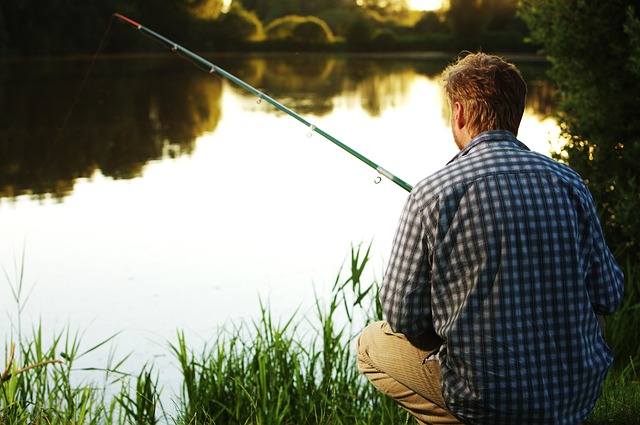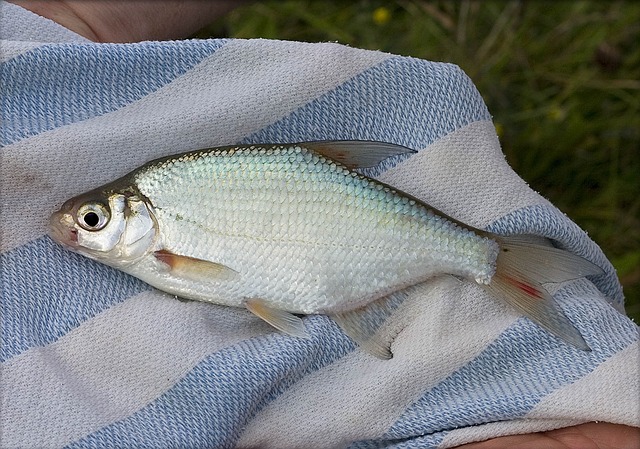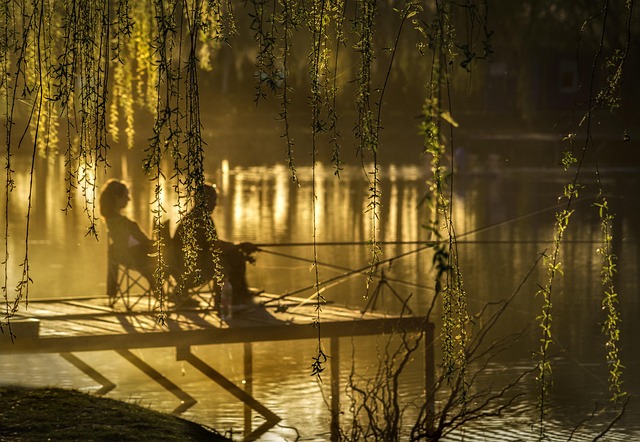Wildlife and sustainable fishing conservation are essential for maintaining ecological balance in prime fishing locations worldwide. By identifying and protecting these areas through targeted strategies like habitat restoration and responsible tourism, we safeguard aquatic environments and fish populations—a vital food source. Overfishing, illegal practices, and environmental degradation pose significant threats, but collaboration between communities, governments, and international bodies can restore ecosystems and ensure the long-term viability of both wildlife and human livelihoods. Conservation initiatives have shown success in revitalizing these locations, offering hope for sustainable fishing while preserving precious ecosystems. Everyone has a role to play by adopting sustainable practices and supporting local conservation efforts.
Wildlife and fishing conservation are paramount for maintaining our planet’s delicate ecosystems and securing a sustainable future. This article delves into the crucial role of preserving both marine and terrestrial environments, with a specific focus on understanding prime fishing locations and their interconnected ecosystems. We explore the challenges facing global communities while highlighting effective strategies and success stories. Additionally, it offers actionable steps for individuals to contribute to the preservation of our natural resources, emphasizing the collective impact of conservation efforts, especially concerning prime fishing locations.
- Understanding the Importance of Wildlife and Fishing Conservation
- Identifying Prime Fishing Locations and Their Ecosystems
- Challenges Facing Global Fishing Communities and Wildlife Habitats
- Effective Conservation Strategies and Success Stories
- How Individuals Can Contribute to Sustaining Our Natural Resources
Understanding the Importance of Wildlife and Fishing Conservation
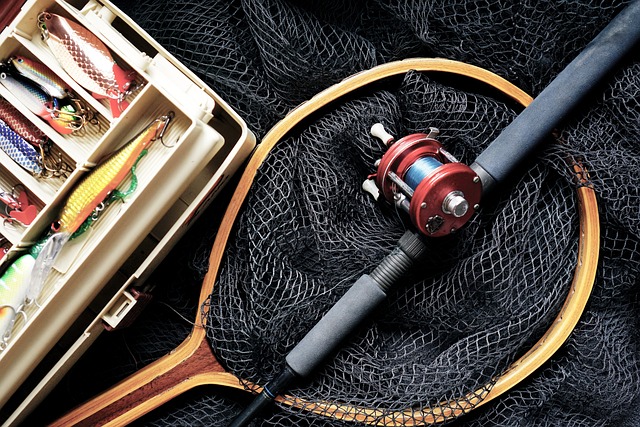
Wildlife and fishing conservation are paramount for preserving our planet’s biodiversity and ecological balance, especially in prime fishing locations. These efforts safeguard not only fragile ecosystems but also ensure the sustainability of fish populations, which are a vital food source for millions worldwide. By protecting habitats, implementing regulations, and promoting sustainable practices, we can maintain the health of aquatic environments and the species that depend on them.
In many cases, wildlife and fishing conservation go hand in hand. Protecting wetlands, rivers, and coastal areas not only preserves diverse fish species but also provides habitats for numerous bird, mammal, and reptile populations. Understanding the interconnectedness of these ecosystems is crucial when developing effective conservation strategies. This holistic approach helps maintain a harmonious relationship between wildlife and fisheries, ensuring that both can thrive for generations to come.
Identifying Prime Fishing Locations and Their Ecosystems
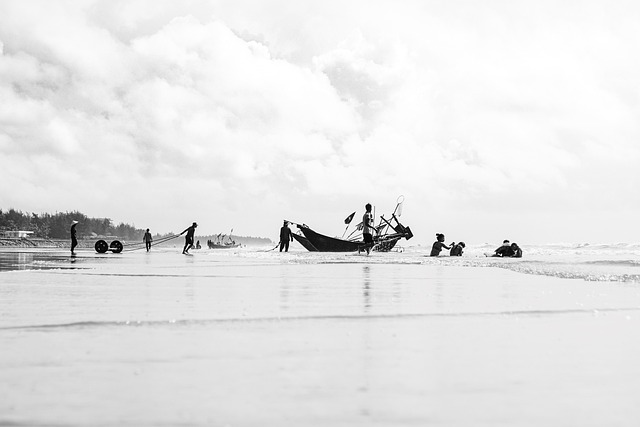
Identifying prime fishing locations is a crucial step in conservation efforts, as it allows for targeted protection and management. These areas are often characterized by unique ecological features that support diverse aquatic life. By studying water currents, temperature variations, and the presence of specific plant species, scientists can pinpoint places where fish populations thrive. For instance, shallow coastal waters with abundant seagrass or mangrove forests provide ideal habitats for various species.
Understanding these ecosystems is essential because it enables conservationists to implement sustainable practices. This includes setting up marine protected areas, regulating fishing seasons and methods, and promoting responsible tourism. By preserving these prime fishing locations, we ensure the long-term health of aquatic ecosystems and maintain a rich variety of fish species for future generations.
Challenges Facing Global Fishing Communities and Wildlife Habitats

Global fishing communities face significant challenges in preserving both their livelihoods and the delicate ecosystems they depend on. Many prime fishing locations worldwide are under immense pressure from overfishing, illegal fishing practices, and environmental degradation. These issues lead to a drastic decline in fish populations, disrupting marine food webs and damaging crucial habitats like coral reefs and mangroves. The impact extends beyond individual species; it threatens entire marine ecosystems, reducing biodiversity and impairing the resilience of these environments to climate change.
Additionally, as human populations grow, so does the demand for seafood, putting immense strain on sustainable fishing practices. This situation is exacerbated by poor regulation and enforcement in some regions, leading to a race to deplete resources before conservation measures can be implemented effectively. Addressing these challenges requires collaboration between local communities, governments, and international bodies to promote responsible fishing practices, enforce regulations, and restore marine habitats, ensuring the long-term viability of both wildlife habitats and human livelihoods.
Effective Conservation Strategies and Success Stories

Conservation efforts have greatly improved the health of our wildlife and prime fishing locations worldwide. Effective strategies include habitat restoration, which involves revitalizing ecosystems by removing pollutants and reintroducing native species. This approach has shown remarkable results in reclaiming once-degraded areas for both fauna and flora.
Another successful tactic is population monitoring, where conservationists track and analyze the numbers and behaviors of various species. By understanding these patterns, they can identify threats and implement targeted interventions. For instance, many marine reserves have been established as safe havens, allowing fish populations to thrive and attract diverse marine life. These success stories highlight the positive impact of dedicated efforts, offering hope for the future of our precious ecosystems and ensuring sustainable fishing practices.
How Individuals Can Contribute to Sustaining Our Natural Resources
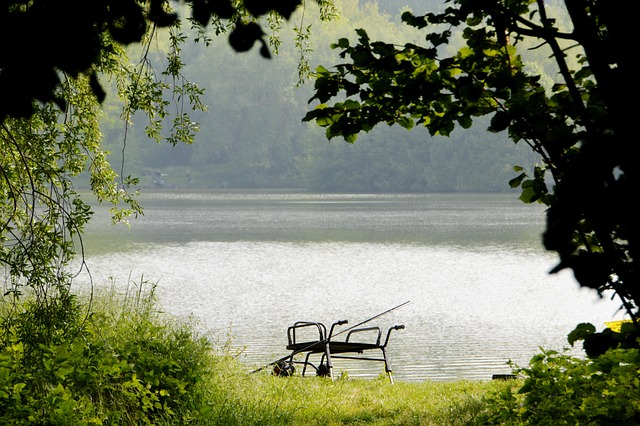
Everyone has a role to play in preserving our precious natural resources, including wildlife and prime fishing locations. Individuals can significantly contribute by adopting sustainable practices in their daily lives. One simple yet effective way is reducing single-use plastics; these materials often end up in water bodies, harming aquatic life and disrupting ecosystems.
Additionally, supporting local conservation initiatives and participating in community clean-up drives can make a difference. When visiting prime fishing locations, it’s crucial to practice ‘leave no trace’ principles: properly dispose of waste, respect wildlife habitats, and avoid disturbing the natural balance. These collective actions ensure that future generations can also enjoy and benefit from our diverse and thriving ecosystems.


